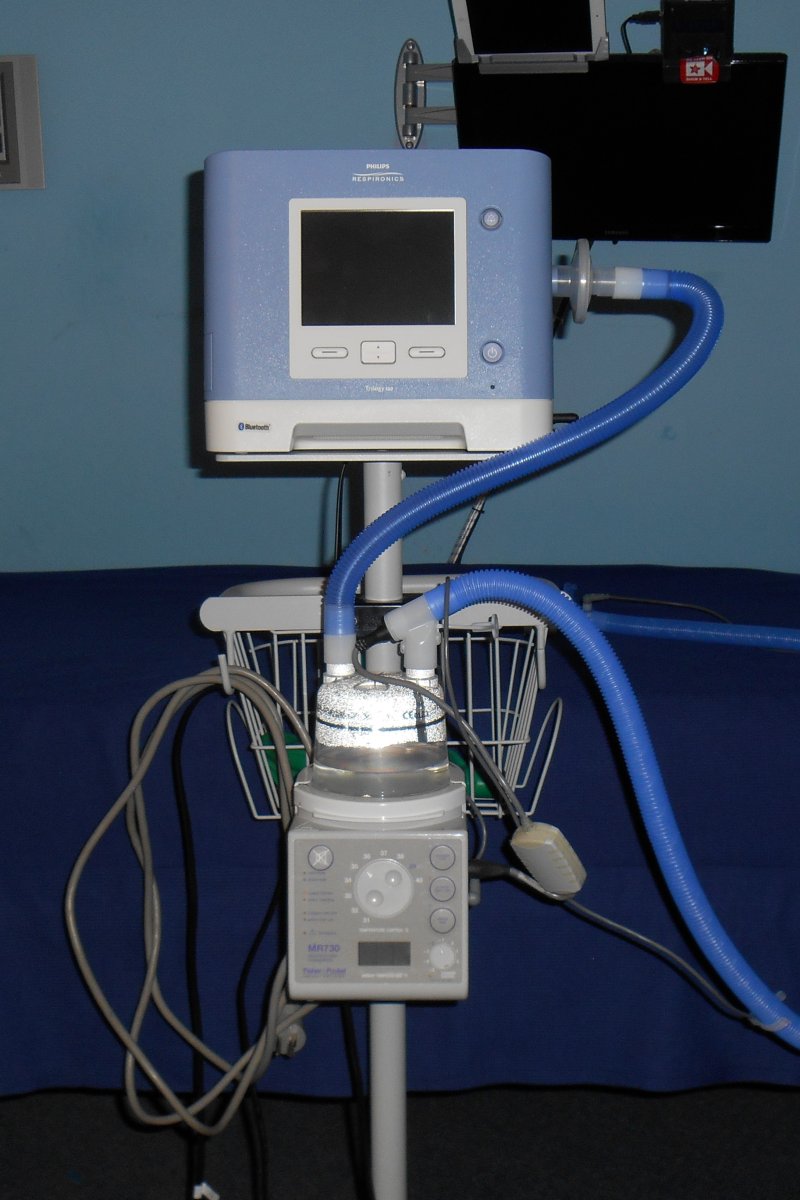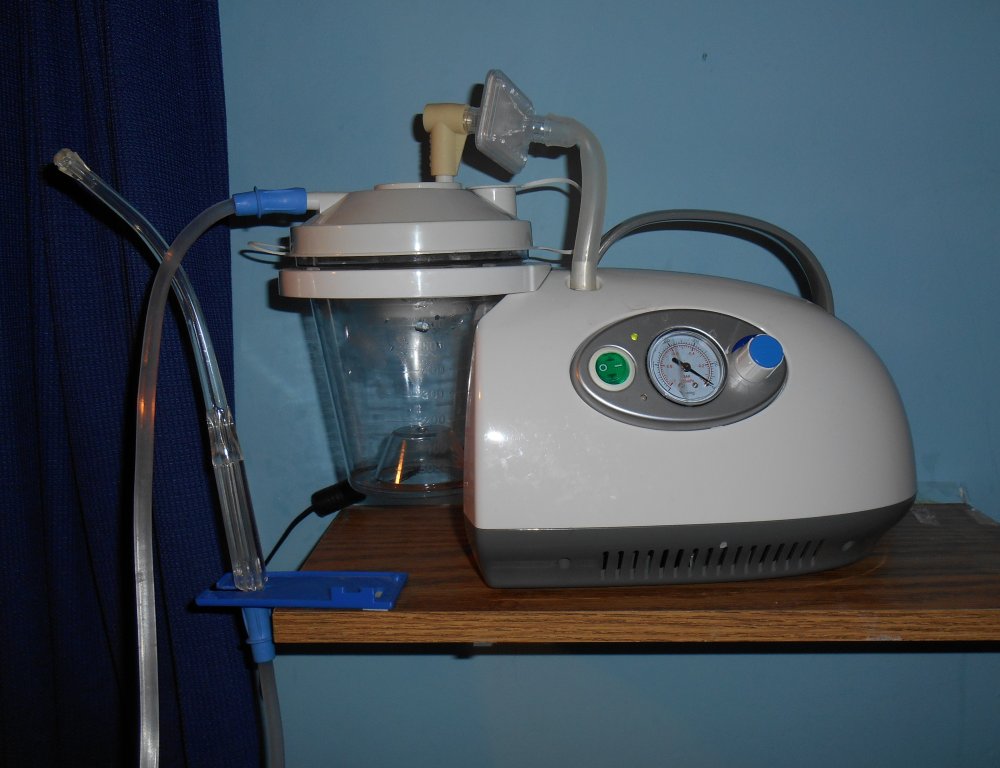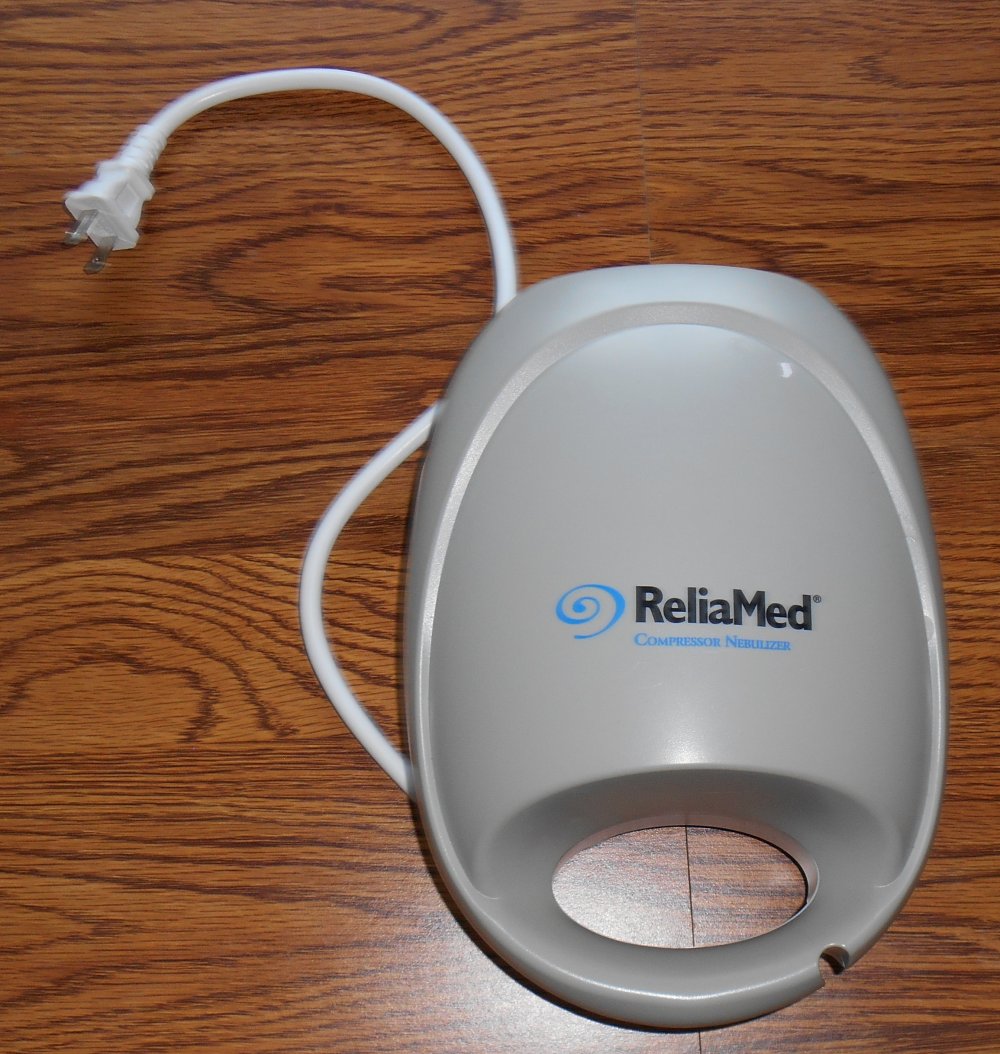Last Friday I went to Deer Creek Music Center with my sister to see a concert featuring The Steve Miller Band and Peter Frampton. It was the first concert I’d been to in 2 years and the first evening event I had ever planned since my hospitalization in December 2016. This is the story of my decision to risk going to the concert despite my concerns about stamina. I talk about what the concert meant to me in light of my health risk and additionally as a nostalgic look back at some of my favorite music from the 70s.
Concerns Over My Stamina
There were lots of other concerts and activities over the past 18 months that I would’ve liked to have seen. Among them Lady Gaga, Billy Joel as well as numerous other hockey games, movie opportunities, and church events. Since I’ve been on a trach and my health hasn’t been all that great the past year and a half I just didn’t think I would have the stamina for a late night event. I’ve also resisted the opportunity to go back to teaching class at my church because I don’t want to make commitments to be somewhere when I’m not sure it’s going to be a “good day” or a “bad day”.
In the months following my hospitalization it was not unusual for me to have problems with my back, hip, or other issues that would send me to bed in the early evening or even sometimes in the afternoon. Although I have proven that if I take my suction machine with me I can safely go to daytime events such as movies or afternoon hockey games, sometimes I have a really bad lung day that can require me to be suctioned as frequently as every 30 to 45 minutes.
Even on a good day stamina is an issue. I typically start my final G-tube feeding at about 8:30 PM and go to bed immediately afterwards. I watch TV until about 11 PM when dad comes in and puts me on the ventilator. Although I used to watch a lot of the late-night talk shows, it’s not unusual for me to fall asleep right away after a few minutes of the evening news. I still watch the talk shows but I watch them on DVR the day after.
However in the past few months things of been relatively calm and stable. It’s been a long time since I had to go to bed really early. On a couple of occasions there have been family gatherings here in which I didn’t get to bed until after 10 PM and although I was tired, it wasn’t too bad. Of course it’s one thing to say I can stay up late when I’m here at home with family and can go to bed whenever I want. It’s something entirely different to spend major dollars on concert tickets, drive to the far northeast side of town, and tried to stay up till midnight.
I watched the concert schedule closely looking for someone that I wanted to see as a test case. They had to be someone worth the money and effort to try to go. But they had to be someone not too special that I would be horribly disappointed if I had to cancel at the last minute or perhaps worse yet that I would feel compelled to risk going even if I really wasn’t up to it on that particular day.
Let’s Go
When I saw that The Steve Miller Band and Peter Frampton were coming June 15, I thought long and hard about it and finally decided to go. I had discussed it with my sister Carol and she was on board. She had some health problems of her own in May but had recovered from those. She still going to have some follow-up surgery but not until late June. It seemed like everything was aligning just right to make this possible. There were other shows in July or August that I might have preferred to see but I was concerned the weather would be much too hot. Mid-June was more likely to be reasonable temperatures.
When I finally decided to purchase tickets, I was fairly certain they would be available at this late date. Neither of these bands are particularly hot superstars likely to be anywhere near sold out. Although you have to be a little bit picky because you don’t know what the availability of handicap seats will be, I was pretty confident I would find something.
My usual seats on the left side wheelchair section were booked reasonably full. The right side wheelchair section however only had one pair of seats taken and the rest was open. For some reason whoever bought those seats did not take the preferred location at the left end of the aisle which gets you just a tiny bit closer to the center and a better viewing angle. I clicked on the tickets and ordered them.
Much to my surprise, the tickets were over $100 each. Three or four years ago I had seen other 70s groups like “Yes” or “Journey” and only paid about $60 each. I had paid a little over $100 to see “Elton John” which was quite reasonable considering what a superstar he is. So apparently ticket prices have really gone up since the last time I tried to buy anything. I think you can still get lawn seats at Deer Creek for as little as $20 but that just doesn’t work for me in a wheelchair.
Although I usually like to sit on the left side because it’s easier to get to that section from the main courtyard of the venue, it turns out that the right side wheelchair seats are a better choice because they are constantly in the shade. Last time I went to see “Yes” it was over 90° and I really roasted. It was the hottest I’d ever been at a concert. There is a canopy over the seating area but as the sun sets, it shines under the canopy and almost right in your face until nearly sunset. I watched the weather forecast all week long. There had been a lot of rain the entire week. In contrast to the “Yes” concert, the “Elton John” concert was 65° and a constant rain. It was the coldest I had ever been at a concert. Even under a canopy you still have to get from the car to the seats. I have rain ponchos but they are a pain to use. Fortunately the forecast for Friday was consistently saying only a small chance of showers. Initially they said the high would be 85° which would be not too bad but by the time the concert came, the forecast had gone to 88° or 89°. Much hotter weather was coming in the days following. At least the humidity was not too bad.
Peter Who?
The official billing for this concert said “The Steve Miller Band” and “Peter Frampton”. That indicated that Steve Miller was the main act and that Frampton was the opening act. I was really more interested in seeing Peter Frampton than I was Steve Miller. That sort of figured into my strategy for picking this concert. I had concluded that if I got too uncomfortable or tired or had breathing difficulty I could see Peter Frampton perform, leave early, and not be that disappointed about missing Steve Miller. But unless you are as old as I am, you may be asking yourself “Who the hell are these guys?” Some of the following is my own remembrances with a healthy assist on dates and times courtesy Wikipedia at the following link. https://en.wikipedia.org/wiki/Peter_Frampton
Peter Frampton is a British singer, songwriter, and guitar virtuoso born in 1950. He has a bluesy rock style and a mellow baritone voice. He uses a “talk box” guitar special effect that is one of his signature sounds. He was a bit of a musical prodigy teaching himself to play guitar at an early age. He later took classical music lessons. He attended the same high school as David Bowie where his father was a teacher. His father was David Bowie’s art teacher. Later in life he actually worked with Bowie on several projects. He played in a variety of small bands in his early teens and then at age 18, he joined with Steve Marriott of Small Faces to form Humble Pie. After four studio albums and one live album with Humble Pie he started a solo career in 1971 and released several albums none of which had much commercial success. His 1975 album “Frampton” was certified gold but only made number 32 on the US charts.
Whenever someone has a hit song and is never heard from again, they are described in the industry as “A One Hit Wonder”. Among my favorite such artists are Janice Ian and her 1975 single “At Seventeen” or Zager and Evans 1969 hit “In the Year 2525”. In some ways Peter Frampton is a “One Double Album Wonder” rather than a “One Song Wonder”.
In 1976 he released a double live album titled “Frampton Comes Alive!” and everything changed. For me that album title had a double meeting. It wasn’t just that he had recorded a live album… It was as if he was just born himself because prior to that, I had never heard of him and neither had many other people. It was like it was a debut album. I can’t begin to describe the impact of that album. I was in college at IUPUI and EVERYONE was talking about it. The entertainment writers in the school newspaper went nuts over it. It was a phenomenal megahit.

According to Wikipedia, in addition to the success of the album, three of the songs “Baby, I Love Your Way“, “Show Me the Way“, and an edited version of “Do You Feel Like We Do“, were hit singles. The latter two tracks also featured his use of the talk box guitar effect. The album was recorded in 1975, mainly at the Winterland Ballroom in San Francisco, California, where Humble Pie had previously enjoyed a good following. “Frampton Comes Alive!” was released in early January, debuting on the charts on 14 February at number 191. The album was on the Billboard 200 for 97 weeks, of which 55 were in the top 40, of which 10 were at the top. The album beat, among others, Fleetwood Mac‘s “Fleetwood Mac” to become the top selling album of 1976, and it was also the 14th best seller of 1977. With sales of eight million copies it became the biggest selling live album, although with others subsequently selling more it is now the fourth biggest. “Frampton Comes Alive!” has been certified as eight times platinum. The success of “Frampton Comes Alive!” put him on the cover of Rolling Stone, in a famous shirtless photo by Francesco Scavullo. Frampton later said he regrets the photo because it changed his image as a credible artist into a teen idol. His baby face good looks and flowing shoulder length curly hair also contributed to that image.

That teen idol image was bolstered by his unfortunate participation in the cheesy musical fantasy comedy film “Sgt. Peppers Lonely Hearts Club Band” which featured Beatles music cobbled together into some sort of ridiculous story in which Frampton played Billy Shears and the Bee Gees played The Lonely Hearts Club Band. I read somewhere that the participants in the film were told that the Beatles had fully endorsed the project and Paul McCartney himself would appear at the end as Sgt. Pepper to song “Get Back” but it had all been a lie by producer Robert Stigwood to get people to sign on. Billy Preston who played piano on the original Beatles version of the song ended up singing the song instead. It also featured Steve Martin as “Dr. Maxwell Edison”, Arrowsmith as “Future Villain Band” and Alice Cooper as “The Sun King”. Check out the IMDb.com trivia page for the film for other interesting facts. It’s one of my favorite guilty pleasure terribly bad movies and was the first movie I ever bought on VHS tape when I first bought my VCR. I think I paid $10 for it in a bargain bin when VHS movies were typically selling for $40 in those days.

Although Frampton continued to record over the years, he has never really had anything close to the success of the live album. He did win a Grammy for his 2006 instrumental album “Fingerprints” (more on that later). But for the most part you only hear his old hit songs played on classic rock radio stations.
Today at age 68 he is bald, has gray hair, and although handsome he looks nothing like the baby face teen idol that he was at the height of his career. Fortunately his voice is still as smooth and mellow as it always was and his guitar skills are as sharp as ever.
https://www.facebook.com/PeterFrampton/
https://en.wikipedia.org/wiki/Peter_Frampton

Steve Who?
While I could tell you “Peter who” pretty much from my own memory except for some of the dates and details from Wikipedia, I would be much more likely to be among those who would ask “Who the hell is Steve Miller?”.
Just days before the concert I remarked to a friend “I’m not sure if I will know much of the music. Other than ‘Fly Like an Eagle’ I don’t know if I could name another song.” Going into the event, my feeling was almost like they were a one hit wonder as well. My friend said “You will recognize much more than that.” without explanation. So just to warm up for the concert, I went online and downloaded “The Steve Miller Band Greatest Hits”. Much to my surprise I found myself saying repeatedly “Of course I know that song… I just didn’t remember it was Steve Miller Band.” Songs I instantly recognized upon seeing the list were “The Joker”, “Jet Airliner“, “Abracadabra”, “Jungle Love”, “Take the Money and Run”, “Rock’n Me”. Others such as “Dance Dance Dance” and “Wild Mountain Honey” although not immediately recognizable were familiar once I heard them again.
Other than listening to this Greatest Hits album one time through and playing a couple of the bigger hits a couple of times, that was all the preparation I needed for the Steve Miller Band portion of the show. Although I remember these songs as hits and I really enjoyed them, they really don’t have the personal significance or nostalgic connotations that Peter Frampton’s songs have for me. They are just fun classic rock songs that would be great to hear live.
The band was formed in 1968 and has sold 80 million records. Steve Miller was inducted Into the Rock ‘n’ Roll Hall Of Fame in 2016. More details on the group can be found on their Wikipedia page.
https://en.wikipedia.org/wiki/Steve_Miller_Band
https://www.facebook.com/stevemillerband/
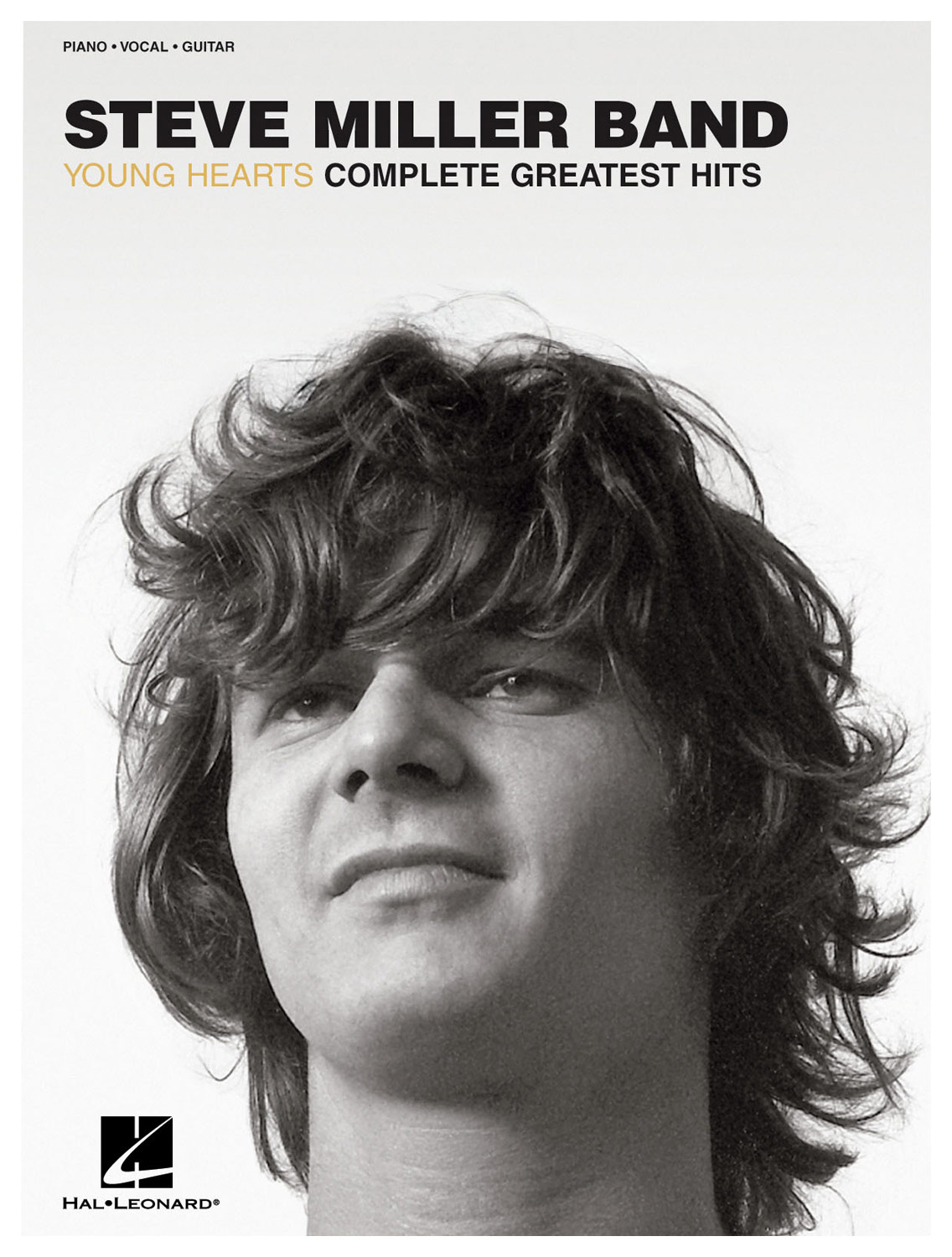

Getting There Is Half the Fun
On a typical day I wake up about 8 AM and dad takes me off the ventilator. Using my laptop in bed I usually check Facebook, email, play some Candy Crush and maybe watch a little TV until 10 AM when my home health aide arrives to get me bathed, dressed, and up in the wheelchair. Although I wasn’t sure I would be able to sleep late, I asked her to come at 11 AM instead of 10 AM at least to give me one less hour sitting up in my chair and my back brace. I hoped that would extend my longevity. As it turned out I did not sleep in late but it was good to have that extra hour in bed anyway. I told my aide that I woke up humming the theme song from “The Muppet Show”. I was singing “It’s time to play the music. It’s time to light the lights. It’s time to get things started on the Steve Miller Band and Peter Frampton concert tonight“. She did her usual excellent job of getting me prepared and getting me comfortable. My back brace was quite comfortable that day although I did have a little bit of hip pain. I took some Tylenol at 4:30 when I did my dinner time G-tube feeding.
I tried to pace myself all day long and not do anything strenuous. I spent part of the afternoon using Google maps to try to find a good route to the Deer Creek Music Center in Noblesville. By the way I refuse to use their sponsor names. Initially it was just called Deer Creek Music Center but then the sponsors got involved. It wasn’t too bad when they were the Verizon Wireless Music Center. Then their sponsor was Klipch who makes speakers and headphones. I still don’t know how to pronounce that word. Now they are sponsored by Ruoff Mortgages which I am not sure how to pronounce either and I never heard of before. Of course I suppose the fact that I never heard of them is why they spend money getting their name on a venue.
I live on the northwest side of Indianapolis just north of Speedway. Deer Creek technically is in Noblesville in the far, far northeast side. The obvious route is to take I-465 around the north leg, get off on I-69 and there is an exit very near Deer Creek. But the traffic in that area especially during rush hour is horrendous. Deer Creek used to be out in the middle of nowhere but now is across the street from a major shopping mall and is surrounded by lots of other commercial development and apartment complexes. At one point the owners considered selling the place not because it was unprofitable to run an outdoor music venue but because the land values in that area had increased so much it was almost worth their while to sell it. I’m glad they did not sell it and close it down. It’s a great place to see a concert.
Google maps suggested we go across the center of town on 38th St. and then to Binford Boulevard which turns into I-69. Going through the center of town during rush hour didn’t sound like a good way to go. But I knew that the I-69 exit where you turn off to normally go to Deer Creek is very crowded plus all the traffic around the shopping mall. I scouted out an alternate route that would get us off of I-69 early at State Road 37. Then we could cut across at 126th St., 136th St. or 146th St and it would take us right to Bowden Road and to the back entrance of the venue. It’s a “VIP entrance” for people who have paid extra for premium parking but all you have to do is drive up and tell them you want handicap accessible parking and they let you right in. I had forgotten exactly where that parking was. The Google satellite map clearly showed it and you can see the traditional blue-and-white wheelchair logos painted into the parking places.

If you type in Deer Creek Music Center (or whatever they call it) into your GPS, it takes you to the main entrance. But I was able to label the location of the VIP entrance by typing in 14680 Bowden Rd. and marking it in my favorite places on Google maps. (Click to see)
The show was scheduled for 7:30 PM. Carol said she would be here at 5 PM and we planned to leave about 5:30 but she was here before that and we decided to leave a little bit after five. We made sure we had a print out of the tickets. We packed them in the bag with my suction machine which I would need if I had lung trouble. Carol had already called the venue to ask about the availability of a family restroom where we might go if I needed to work on my lungs. Fortunately my lungs were in good shape that day and we never did need to use the suction machine except to spit up some gunk one time.
On the way out, we drove by my church St. Gabriel which was having the first night of their annual festival. That’s another evening event that I used to attend from start to finish when I was in better health. I had been director of their poker tournaments for many years but the Festival committee decided a few years ago to cancel the poker tournaments (without asking me) and with my limited stamina I haven’t attended the festival in 2 years. But it was good to see that it was still a strong event. I had sent dad over earlier in the week to buy $100 worth of raffle tickets. (We didn’t win by the way).
Going north and then east on I-465 the traffic was not too bad but as we got further along it started slowing down considerably. I was watching our route on my iPhone using Google maps and the phone’s GPS. Normally your path is marked by a blue line. But when you get to a heavy traffic area the line turns yellow or even red. It even tells you how many minutes you’re going to lose on your ETA because of the bad traffic. Apparently it gets real time traffic updates which I had never seen before because I’d never used it in a heavy traffic area. It was very accurate compared to what we were experiencing.
Google Maps suggested we get off at US 31 and go north and then across 126th Street. We thought about getting off but it looked like once you got past 31 the traffic was moving again. There was a long line of stopped traffic at the 31 exit so we went on ahead. It turns out we should’ve followed Google’s advice. There was another big backlog at Allisonville Road. We waited our way through that and got off at 37 as I had planned. We then went up to 146 and across which was smooth sailing from there. I’m sure we skipped a lot of heavy traffic by taking my little shortcut but we might’ve done better to take Google’s advice and gotten off the highway sooner.
We easily got into the VIP handicap parking as expected. Although they are marked with the accessibility logo and there are plenty of available spaces, there are no extra spaces between the marked spaces to allow you to unload out of the side of the van. We were early enough that there were plenty of empty spaces and had no trouble unloading. Similarly on the way out no one was parked next to us. I don’t think that section ever did fill up.
One of the interesting features of that area is a facility I have never seen anywhere else and never had the opportunity to use. It’s a wheelchair accessible porta pot. It looks to be about double the size of a normal outdoor facility. It has a wide door and a tiny ramp. I’ve always thought it was great that they had one of these.
In times past when I was driving my wheelchair using my hand on a joystick, the long ride from the parking lot into the venue would’ve had me worn out and basically have been impossible. Carol would have had to drive the chair for me. The slightest bump or slope made it difficult for me to drive my wheelchair. But with my new wheelchair that I got just over two years ago, I operate it by joystick in front of my mouth. It’s actually much easier for me to use that system. I’m much more independent with the mouth control. My head sits solidly in the headrest. While riding in the car I also have a strap that holds my head into the headrest. While I don’t usually use it around the house, I decided to leave it on so it would be easier to drive over bumpy ground if necessary.
There is a small footbridge leading into the venue where you go up and down a pretty good hill. The courtyard is partially covered with cobblestones. Even the concrete and asphalt pavement areas have quite a few bumps and uneven expansion joints. Getting to the right side of the venue you also have to go up and down a pretty substantial hill as you cross over a tunnel where the equipment semis drive in to unload the concert equipment. I was able to drive the entire way by myself without any difficulty although I don’t think I could’ve done so without the head strap. Going down the hill and hitting a small bump would have throne my head forward and jammed the controls into my teeth. The strap prevented that as well .
The security screeners had no problem with my suction machine in the bag. They can’t really waive a metal detector wand over a mostly metal wheelchair so they generally just waive you through. I hope terrorists never figure that out. If they ever exploit that fact, they will never let anybody into a public event in a wheelchair again.
I was the first wheelchair to arrive in that section so it was no problem getting to the far left of the seating area where I wanted to be. I was surprised to feel that the pavement in the far left end of that section was sloping forward considerably. Fortunately I have a tilt feature of my wheelchair so I simply tilted my seat backwards a few degrees and I was sitting comfortably level. The rest of the handicap section seem to be level without any adjustment but I wanted that far left location for the best viewing angle. I had been in that section before many years ago but I don’t recall there being a slope. When Deer Creek first opened there was no accessible seating. You had to sit in the aisle on the main floor and of course when everyone stands up, you can’t see a thing. The new wheelchair sections added several years ago offer great views. There is a walkway in front of you where people are walking by constantly but it is not too disruptive. You can easily see over the rest of the crowd even when they are standing up. Here is a photo of the view we had as I posted it on Facebook

There was a very tall usher standing right in front of me as you can see in the photo. I had Carol go down and talk to him and asked him to step to one side once the show started because he was directly in my line of sight. He did so and I had no other problems seeing.
Carol also took a selfie of us and posted it on her Facebook page.

Technology Failure
Before continuing the story of the concert itself, I have to tell you about a piece of failed technology that sort of complicated things for me at the concert. I didn’t get as much use out of my iPhone as I had anticipated because of battery problems. Here are the details…
I have a bracket mounted on the left armrest of my wheelchair holding my iPhone, my Ultimate Remote Control 2.0, and a battery pack to power the whole thing. The Ultimate Remote has an IR transmitter for controlling TV, cable box etc. as well as giving me an alternative way to operate the mouse and keyboard on my PC. The device also has a built-in Bluetooth device that allows me to do iOS switch control on my iPhone. Basically I can operate my iPhone by pushing just three little buttons I hold in my right hand and not having to touch the screen.

The battery pack contains an Adafruit Power boost 1000 charger and a 4400 mAh Lithium-Ion battery. It’s a slightly modified version of a device I designed for the Adafruit Learning System called a “Printy Boost” because it has a 3D printed case. It provides continuous power to my remote and it tops up the charging on my iPhone if the iPhone battery starts to drain. For some reason this day it wasn’t keeping the iPhone 100% charged. I guess using the GPS and cellular data for the Google maps all the way across town was putting too much strain on the system. I don’t have a meter on my Printy Boost battery but the iPhone battery indicator said I was down to 60% by the time I got to the constant. I had Carol unplug and re-plug the USB connecting the phone to the backup battery. It began charging again.
Because there were no other wheelchairs in the section yet, I tried using an app on my phone to take a 360° panorama view of my seating area. I started up the app and began slowly turning my wheelchair in a tight circle. In the middle of doing that, my remote control started glitching and rebooting constantly. Apparently the battery did not have enough power to recharge the iPhone and to operate the remote control at the same time. Normally when the iPhone is up around 95%, the drain on the backup battery isn’t so much and it has no trouble operating the remote and topping up the phone at the same time. But at this low state, it was drawing too much recharge current and couldn’t keep up. I had to have Carol unplug the USB port and use the iPhone’s own battery and preserve my battery to operate the remote.
Later I disconnected the remote and shut off the phone just prior to the concert for about 15 or 20 minutes to save on charge. I also shut everything down between the two acts.
Jumping to the end of the story here, the iPhone completely died just seconds after The Steve Miller Band completed its most famous hit “Fly like an Eagle” which I was recording on the phone. I was just clicking to stop the recording when the phone died. I could have plugged it back into the battery but then I would not been able to use the remote to access the phone so it was completely useless. Fortunately that was the last song followed by an encore of two other songs and the evening was over.
On the way home I went ahead and plugged in the iPhone to the Printy Boost battery just to see if it would’ve charged. By the time we got home, the iPhone battery was about 70% charged, the backup battery was dead. I’ve got a whole shelf full of additional backup batteries at home. I’m never going to a place like this again without another backup fully charged waiting in my wheelchair bag just in case.
I plugged everything in overnight and the next day was anxious to see if that last recording of “Fly like an Eagle” had been saved or was lost. Unfortunately my Ultimate Remote wouldn’t work at all. It was giving me Bluetooth error messages. I ended up spending all of Saturday afternoon trying to un-brick the device. Operating it on low voltage had caused a major glitch. I tried refreshing my software that operates the box but that didn’t help. Then I discovered the infrared TV control portion quit working as well. It turns out that was because we knocked something loose trying to plug-in the USB cable to update the software. But that didn’t fix the Bluetooth. I had to do a separate refresh of the Bluetooth chip firmware. That required taking apart the box, installing a temporary jumper, going through several steps to reflash the firmware, and reassembling the box. It took me and dad all afternoon but we finally got it working. Of course when we reassembled the box, the screws holding it together were stripped and dad had to replace them with larger screws later that evening. While I had the thing plugged in to be reprogrammed, I made a couple of minor changes to the software I had been intending to make. The whole thing took most of Saturday just to get working and of course I had to do all of this without the benefit of the mouse control that the device provides. It’s not exactly how I planned to spend my Saturday afternoon. Anyway back to the concert…
Frampton Comes Alive… Again
Just prior to the start of the concert several of the radio personalities from WFBQ “Q-95” came out on stage to greet the crowd. They were sponsoring the event in celebration of 40 years of playing classic rock on the radio. Shortly thereafter Peter Frampton and the band came on stage.
My memory isn’t good enough to remember the setlist for the entire concert so I refreshed my recollection using a great website called setlist.fm which contains the list here. If you click on the song titles in the paragraphs below, it will take you to some YouTube videos of the songs. They are not my videos and they are probably in violation of copyright except for one or two that look official. However they have tens of thousands of hits on the video and have not been taken down as yet.
The show started promptly at 7:30 PM. The opening song was “Something’s Happening” which I immediately recognized as the opening track from “Frampton Comes Alive!” (Hereinafter abbreviated as FCA.) It’s a great song to start off a show. The chorus includes the lines…
“Alright somethin’s happening
Hold tight it might be lightning
Turn up the lights I feel like dancing”
In other words “It’s time to play the music. It’s time to light the lights…” The event I had been planning for months and had been hoping I could attend was finally underway. Frampton came alive again. I was there and I was a very happy camper.
The next song was “Lying” which was from his 1986 album “Premonition” which was his ninth studio album. I had never heard it before because I was unfamiliar with his later stuff but it was a good song completely consistent with his usual style.
The third song had a long guitar solo introduction that was unfamiliar to me but eventually resolved itself into the instantly familiar “Lines on My Face“. It’s a slow, bluesy number which was the 13th song from FCA. He started off with a long introductory guitar solo. I recorded about three minutes of it on my iPhone.
The fourth song continued with another FCA number with “Show Me the Way” which was one of his biggest hit singles. It included his famous voicebox guitar special effects and it really got the crowd going. I streamed a few minutes on it live on Facebook for my friends.
He then told the story of his album “Fingerprints” which was released in 2006. He said he went to the record studio and told them he wanted to do an all instrumental album. They thought he was crazy but they let him do it. He said “It was well received by people like my family members who each bought a copy. I think all total we maybe sold 7 copies. You can still buy a copy if you feel sorry for me”, he laughed. A couple of the people in the audience yelled out “I bought one” and he replied “Oh good… We were up to 9 now!” The audience roared. He went on to say that sometime later he got a couple of big envelopes in the mail announcing that he had been nominated for 2 Grammy awards. He thought it was a mistake but he went to the ceremony anyway. “Much to my surprise at the appropriate time they read my name as winning Album of the Year” then he added (as if someone in the band had prompted him) “Well Instrumental Album of the Year”. He talked more about the album and how he had invited other artists to perform with him on it.
The song he chose from the album was “Black Hole Sun” which is a cover of a song originally recorded by Soundgarden. He dedicated the song to Soundgarden songwriter and lead vocalist Chris Cornell who had taken his own life in 2017. It’s kind of a sad bluesy song and a great tribute to the late singer Cornell. The YouTube video I linked is probably one of the few legitimate videos I am linking. It is from a “Guitar Center” TV special on DirecTV posted by them.
By the way here’s an interesting YouTube video from one of my favorite channels called “12 Tone“. The guy who does the analysis draws little images as he’s narrating. He likes to draw little images of elephants for some reason but it’s an interesting animated way of describing his musical analysis. Check out the channel when you get a chance or specifically this video which analyzes Black Hole Sun. https://youtu.be/SOTRoZMAJ0s
|
Next on the list was a hard rocking number from FCA “I’ll Give You Money“. It’s not one of my favorite but I did recognize it from FCA and yet so upbeat after the slow blues numbers it was a good change of pace.
Between songs he told stories about how he wrote various songs. I don’t remember the details were when he told the stories between which songs. I do recall that two of his biggest hits were written when he went away to the Caribbean to write an album. He had three weeks to write it and spent the first two weeks partying with some other rockstar (I forget who) and he says he doesn’t remember much about those two weeks. But one of the songs he knocked out in one day during that third week was his hit number “Baby, I Love Your Way” which was next up on the setlist. The crowd sang along with him. It’s a very mellow easy flowing love song. I streamed about 2 minutes of it on Facebook for my friends.
He then told the story about an incident in 1980 when he was getting ready to tour Brazil. He thought he had lost all of his equipment in a cargo plane crash which tragically also killed three people. Among the losses were a treasured black Les Paul custom guitar that he was holding on the cover photo of “Frampton Comes Alive!” He had used it in his time with Humble Pie and throughout the early part of his solo career. He said then one day in 2011 he got an email with attached photos saying that the guitar had been found. It was returned to him. He said at the first performance after it had been returned, they put it on stage with a spotlight on it and it got a bigger round of applause then he did.
As he donned the guitar, I knew something big was coming so I quickly began recording on my iPhone. He shouted to the crowd “Are you ready?” And they replied with a loud “Yes”. He asked again louder “ARE YOU READY?” And they replied with a louder “YES!”
As I had hoped, the familiar opening guitar licks of “Do You Feel like We Do” radiated from the stage. It was my favorite cut from the original FCA album. The original version was the finale of that album and that version ran for over 14 minutes. It makes extensive use of the voicebox effects. It provides a brilliant exclamation point to the entire live album. It’s probably the track that I have played the most over the years. You can just feel the chemistry that he has with the audience in his live performance and for me it’s what makes the entire album so special. Literally for decades I have wondered what it would’ve been like to be there at that moment and hear that performance and feel the warmth and the excitement of such an amazing virtuoso performance. I wanted to know what it was like to “feel like you do” and now that long-held desire had become true for me.
In addition to brilliant guitar solos he also engages in musical battle with his keyboard player who is brilliant as well. There is back-and-forth interaction with the audience. The voicebox effects are brilliantly used. At one point he starts scatting into the voicebox and then says “I don’t know what I just said… mumbo-jumbo”. The audience went wild.
I took the opportunity while recording the song to turn around and pan the crowd because it interval part of the performance is the live audience. Unfortunately Carol missed part of it. About 10 minutes into it she let me know she was headed for the restroom. She return just as the song ended but she said that she could still hear all of it.
The entire extended performance lasted 18 minutes. That’s four minutes longer than the album version.
The online setlist says that the next song was “Four Day Creep” which is a song he did from his days with Humble Pie but was originally a blues song by Ida Cox. However the end of my recording of “Do You Feel like We Do” has the opening lines of “I Don’t Need No Doctor” which the online list says followed “Four Day Creep”. I think probably it was a medley of both songs. “I Don’t Need No Doctor” was also a big hit for Humble Pie but it was a cover originally recorded by Ray Charles. Whatever he played at the end in whatever order it was, it was just an afterthought compared to the amazing “Do You Feel…” number. There was no encore but really there was nothing else he could’ve done to add to what had just happened. The band left the stage at about 9 PM.
Intermission
I posted a note on Facebook saying that Frampton had done 18 minutes worth of “Do You Feel Like We Do” and that Steve Miller was up next. During the intermission I had Carol turn off the iPhone and unplug my control box. I had no way of knowing how much power was left in the battery for the control box but the iPhone was down to about 20%. If I was going to record or stream anything of Steve Miller it was going to have to be minimal.
Part of the strategy of this concert for me was the idea that if I was too tired to see the whole thing, all I really cared about was seeing Peter Frampton. If I had to leave and miss Steve Miller, I would be okay with that. As it turned out I was feeling good. The heat had been no problem at all. I kept drinking water and never was uncomfortable from the weather. There was a nice breeze blowing and overall it was a very pleasant evening. I spent most of the intermission just people watching.
The crowd was about 95% people in their 50s or older. The younger people there were obviously with a parent or who knows perhaps grandparent. Carol spotted one woman wearing an outlandish blouse that was barely containing her big breasts. She had a couple of younger people with her. Carol said “If I was there with my mom dressed like that, I wouldn’t want to be seen with her.” Other concerts I’ve been to in recent years with 70s or 80s groups like “Journey” or “Foreigner” have had more young people because those groups have continued to attract new audiences. These guys were definitely just for the nostalgic old folks like me.
During the intermission, the personalities from radio station Q-95 returned to the stage and gave away some free T-shirts celebrating their 40th anniversary. They also sent someone up into the lawn seating area and picked someone at random to come take a seat in the front row. That’s quite an upgrade. I paid over $100 for my seats and I guess that the front row is probably worth twice that. Seats in the lawn I think go for $20. They told the crowd that there were plans that Peter Frampton would be back on stage to play a couple of numbers with Steve Miller so the Frampton fans like me still had more to come.
The intermission lasted about a half an hour and Steve Miller took the stage about 9:30 PM.
The Space Cowboy Steve Miller
When the astronauts first landed on the moon in 1969, the very first thing that Neil Armstrong did after uttering his famous words about small steps was to reach down, pick up a rock, put it in a bag, and attach it to his suit. They called the “the contingency sample”. Each of the other astronauts who first set down on the moon did the same thing. The reason was “What if we spent billions of dollars to send a man to the moon, something happened shortly after he arrived, he had to get back into lunar module and leave immediately and would have nothing to show for it?” So the very first thing they did was grab a quick rock just so they could say that they didn’t come back empty-handed.
With my iPhone battery and my control box battery both running on fumes, I decided to record and share with Facebook friends about one minute of the opening song even though I didn’t recognize the song itself. It was my version of “the contingency sample”. Although I was completely satisfied by the Peter Frampton experience, I didn’t want to come away without any memories of the main act.
My knowledge of The Steve Miller Band repertoire is even more limited than my Peter Frampton knowledge so I’m relying heavily on this list from setlist.fm to fill in the gaps of my memory and basic knowledge. Again each song title below contains a link to a YouTube video of questionable copyright compliance. Details on particular numbers are also provided by the following Wikipedia articles on the band and Steve Miller himself.
https://en.wikipedia.org/wiki/Steve_Miller_Band
https://en.wikipedia.org/wiki/Steve_Miller_(musician)
It turns out that the opening song was a blues number called “The Stake” which was on the Greatest Hits Album that I had downloaded but originally appeared in their 1977 album “Book of Dreams“. You might recognize it more by the refrain “Nobody loves you like the way I do”.
The next number was also from 1977 “Book of Dreams” and “Greatest Hits” titled “Swingtown” again you might recognize and more from the opening line “Come on and dance, come on and dance…”. It’s a very upbeat pop song that was also released as a single in 1977.
The third song on the list was the first really big hit that I instantly recognized “Abracadabra” from the 1982 album of the same name. Since this was the first song I really recognized that they played I decided to record a little bit of it for myself… again as a bit of a contingency sample. Miller sounds exactly like he did on the original recordings. His voice sounds like that of a 25-year-old instead of a 74-year-old. He did hit a sour note occasionally or his voice cracked once or twice but 99% of the time it sounded exactly like every recording they ever did.
Miller dedicated the next song to US military serving around the world. “Living in the USA” was from their second album in 1968. At one point he explained that they had been recording and touring since 1968 thus making this their 50th year performing.
Next on the agenda was “Space Cowboy” from their third album 1969’s “Brave New World“. This is not to be confused with their hit song “The Joker” which begins with the lyrics “Some people call me the space cowboy.” I was completely unfamiliar with this song.
This was followed up with a much more familiar hit song “Take the Money and Run“. I figured it was worth the battery to capture two minutes of that with my iPhone for future memory. It sounded great.
As promised, they brought Peter Frampton back on stage for 2 numbers with Steve Miller. Miller explained that he admired Frampton’s guitar playing skills especially on blues numbers. They got to thinking about what they called the “Blues Triangle” of Memphis, Chicago, and Texas. They wanted to play some blues numbers representative of those areas. The first was a cover of a Freddie King song called “Same Old Blues“. Frampton did the lead vocals and Miller and the band accompanied him. It’s a very slow, mellow traditional blues song. The YouTube video that I have linked when you click on that song title above was recorded just three days prior to my event at their concert in Evansville Indiana. By the way, if I get arrested for sharing 2 minutes of video live on Facebook with friends only, I’m taking a bunch of people like this down with me. 🙂 They shared an entire song publicly on YouTube.
The other song with Frampton was “Stranger Blues” originally recorded by blues legend Elmore James. It’s a much more upbeat blues number with a traditional blues sound to it. Miller had included it in his 1993 album “Wide River”. He did the lead vocals that night and Frampton accompanied. Even though I was unfamiliar with either song, they were great examples of classic blues and I enjoyed them a lot.
Next came a lively little country number called “Dance, Dance, Dance” from the 1976 album “Fly like an Eagle“.
Next up is “I Want to Make the World Turn Around” from their 1986 album “Living in the 20th Century“. I was completely unfamiliar with it.
Before playing the next song “Wild Mountain Honey“, Miller explained that it was from the early part of the 1960s which he described as the swinging 60s not that hippie 60s. But if there was ever a “hippie-like” song in his repertoire it would have to be this one. He told the story of the strange guitar he uses to play it. It has six control knobs instead of the usual three. It has three electric pickups shaped like lipstick tubes. And it has 19 strings. In addition to the usual six strings there is another section that is like a miniature harp. It has a purple fake alligator skin cover. The YouTube video linked in the song title is from a 2017 concert where he tells the same story. At our concert he did the same gimmick where he reflects the spotlight off the mirrored back of the guitar. Although I’m pretty sure he described the price of the guitar as $125 and other Internet sources have listed it as $125, this video says he paid $200 for it. The guitar is a combination electric guitar and electric sitar. It sounds like something George Harrison would’ve played during his Ravi Shankar period. Tell me it doesn’t sound like a hippie song.
Miller explained that at the start of their career they released five albums in 19 months! They ran out of titles so they just called the fifth album “Number 5“. They played a lively blues number from that album titled “Going to Mexico“.
Finally we had one of the major hits we had all been waiting to hear. The 13th song on the agenda was their 1973 hit “The Joker” from the album of the same name. I had to share this one on Facebook for a couple of minutes. It contains the famous line in the chorus “I’m a joker, a smoker, a midnight toker…”. Apparently someone about two or three rows behind me took that opportunity to light one up. A security guard walking by in front of me pointed his flashlight in their face and yelled at them repeatedly “Put it out”. You can hear the security guard in my video. I had expected to smell lots of smoke during the evening but I never did smell any. Carol said that she did. Of course the crowd went crazy over the song and I really enjoyed it too.
They followed this with a lively number “Serenade” from the 1976 album “Fly Like an Eagle”.
Speaking of which… “Fly Like an Eagle” was the next song. Somehow I anticipated that it was coming and managed to get a recording going on the iPhone missing only a couple of bars of the introduction. It was a phenomenal eight minute long version of their greatest hit song ever. It included a brilliant keyboard solo that I especially liked. The crowd was clapping and cheering throughout the entire song. Just as the song was ending and I was trying to click on the phone to stop the recording and everything went blank. My battery had died completely. I had no idea if that last song actually got recorded or was lost forever.
For a grand finale they immediately went into another major hit “Rock’n Me” from the 1976 album “Fly Like an Eagle”. They left the stage to thunderous applause and screams but returned quickly for an encore consisting of “Jungle Love” followed by “Jet Airliner” both from the 1977 album “Book of Dreams”.
During this final song they lowered down a giant disco ball from overhead at the center of the stage. Both Frampton’s and Miller’s shows were very short on special lighting effects. Neither of them had any pyrotechnics, lasers, or video screens. They did occasionally project a still image on the backdrop but this concert was more about music and not about fancy theatrical show.
The song was written in 1973 by Paul Pena but is recording was not released until 2000 because of a contract dispute. Steve Miller’s version is the only one most people know from the 1977 “Book of Dreams”. It’s a jumping rock ‘n’ roll song so it seemed really strange to have a disco ball suddenly appear during it. It did get everyone (including my sister Carol) up on their feet and dancing. She should be glad my battery had run down or I would’ve had video of that as well.
The Journey Home
The show ended and the lights came up. It was a little bit after 11 PM. I took one last drink of my bottled water. We put on my head strap and I drove out through the crowd. There’s always a big backup on the footbridge as everyone tries to leave at once but this time it wasn’t too bad. When we got to the car, no one was parked next to us so it was easy to load up. We didn’t spend too much time fighting the traffic to get out. Of course this wasn’t a big sellout so the crowd wasn’t that enormous.
Unfortunately they forced us to turn north on Bowden Road which was the opposite of where we wanted to go. With my iPhone battery exhausted we had to navigate our way around without the help of GPS or Google maps. Carol has all of that on her iPhone but she couldn’t operate it and drive at the same time. We turned east on 156th St. which is a dark two-lane road. We managed to zigzag South and East on other streets as soon as we could and ended up on 146th St. which is a four lane road. We then took the same route back home that we had taken going in. At that time of night of course there was no traffic.
On the way home we passed by St. Gabriel again just a few minutes after midnight. The festival was just shutting down for the night but there were still plenty of people there. When I got home I did a quick G-tube feeding and went to bed. I was in bed by about 12:30. Carol decided to stay the night rather than drive home late at night to Danville.
The next morning I discovered all the problems with my remote control box and as I explained earlier, I spent all day Saturday trying to recover it. When I finally got everything working, the first thing I did was try to see if my recording of “Fly Like an Eagle” had survived. Unfortunately I could not find it on the phone. I got on iCloud and began downloading the photos and videos on my computer. I only had the basic 5 GB free iCloud because I don’t use it much. After had downloaded everything and deleted it from the cloud and my phone, suddenly a new video appeared. It was the complete recording of the missing “Fly Like an Eagle”! Even if my iCloud account had been overflowing, I should have still been able to see the file on the iPhone directly but for some reason it did not appear until after I had cleaned out iCloud. My memories recorded from that evening are now complete.
It’s taken me over 2 days to research and write this blog. I titled it “Frampton Comes Alive Again, And so Did I” because it’s kind of a rebirth for me to be able to go to evening concerts like this the way like I used to. I missed a lot of good shows over the last couple of months. I had considered trying to get tickets for another show this summer. Steely Dan and The Doobie Brothers will be there this coming Sunday, June 24 but that’s too soon for me. I’m still recovering. Styx and Joan Jett will be here July 11 the day before my birthday but the weather will probably be very hot and I’ve seen Joan Jett just a few years ago. Foreigner will be here July 12 my birthday but I’ve also seen them a few years ago. Chicago and REO Speedwagon will be here in August but again the hot weather might be rough. I’m sure I will find something good to see. Perhaps something indoors will become available so I don’t have to worry about the weather. Also I can be home from Bankers Life Fieldhouse in a half hour rather than the hour trip to Deer Creek.
It did occur to me that by the time another good concert comes along that I might not be in as good of shape as I am now. If this turns out to be the last concert I ever attend, it certainly was a memorable one and would be adequately worthy to hold that distinction as my last.
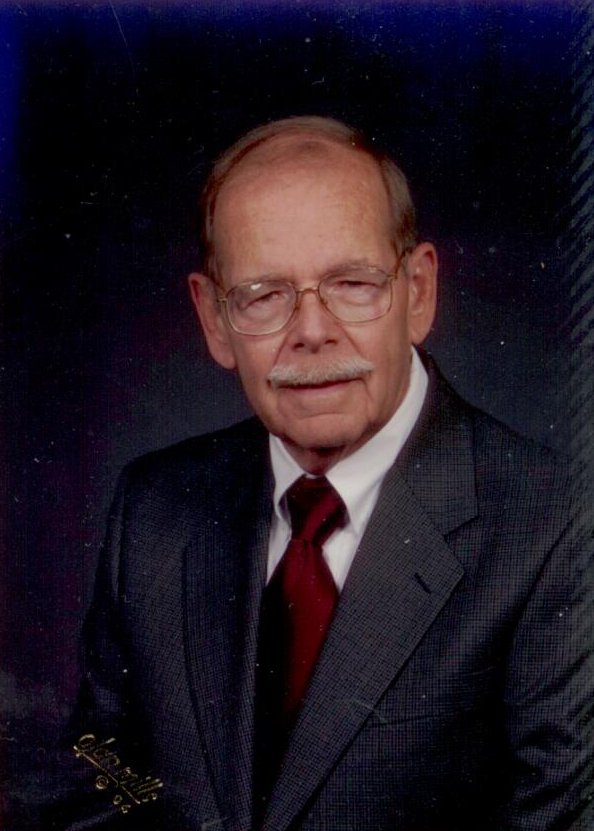
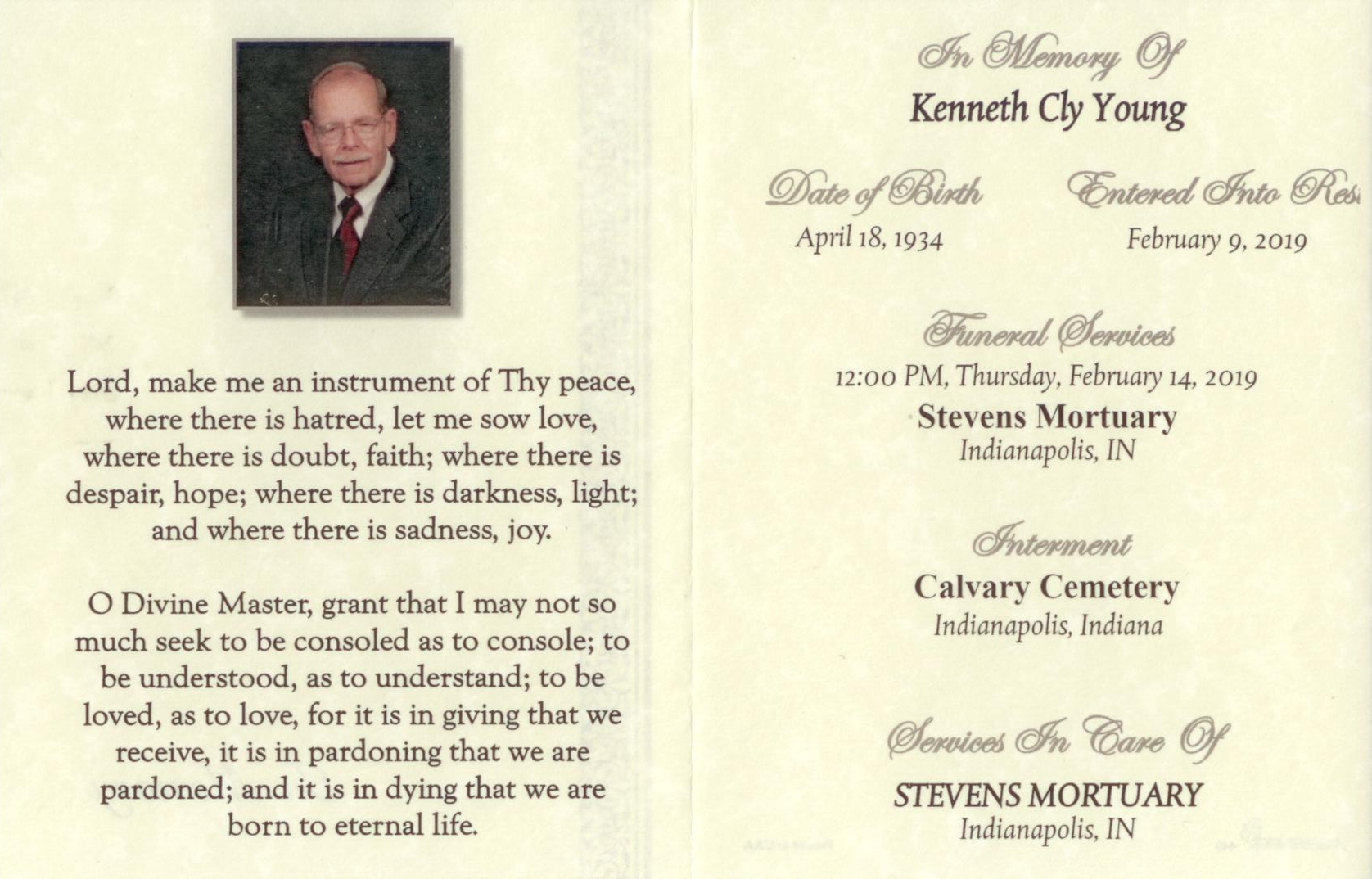
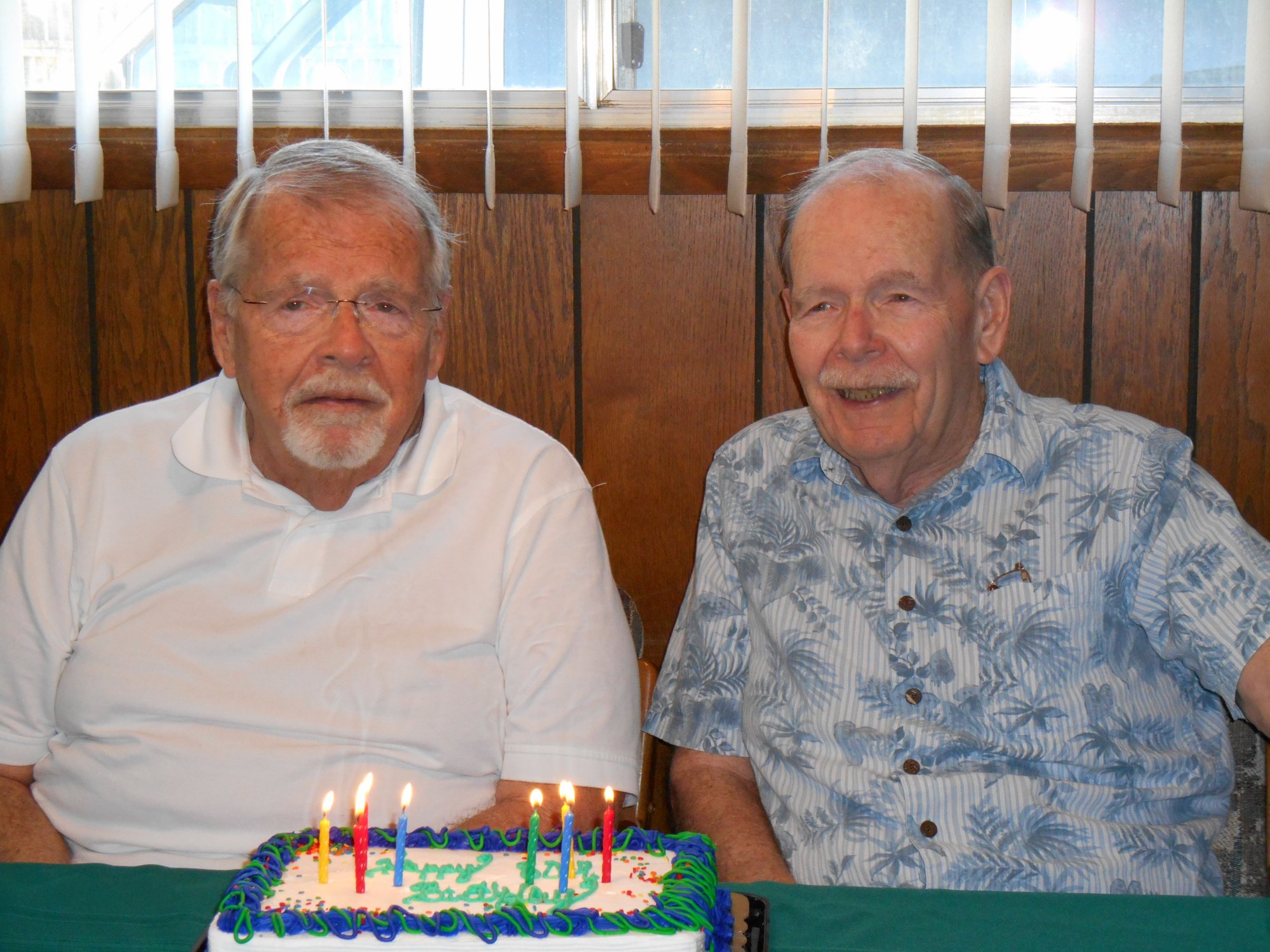

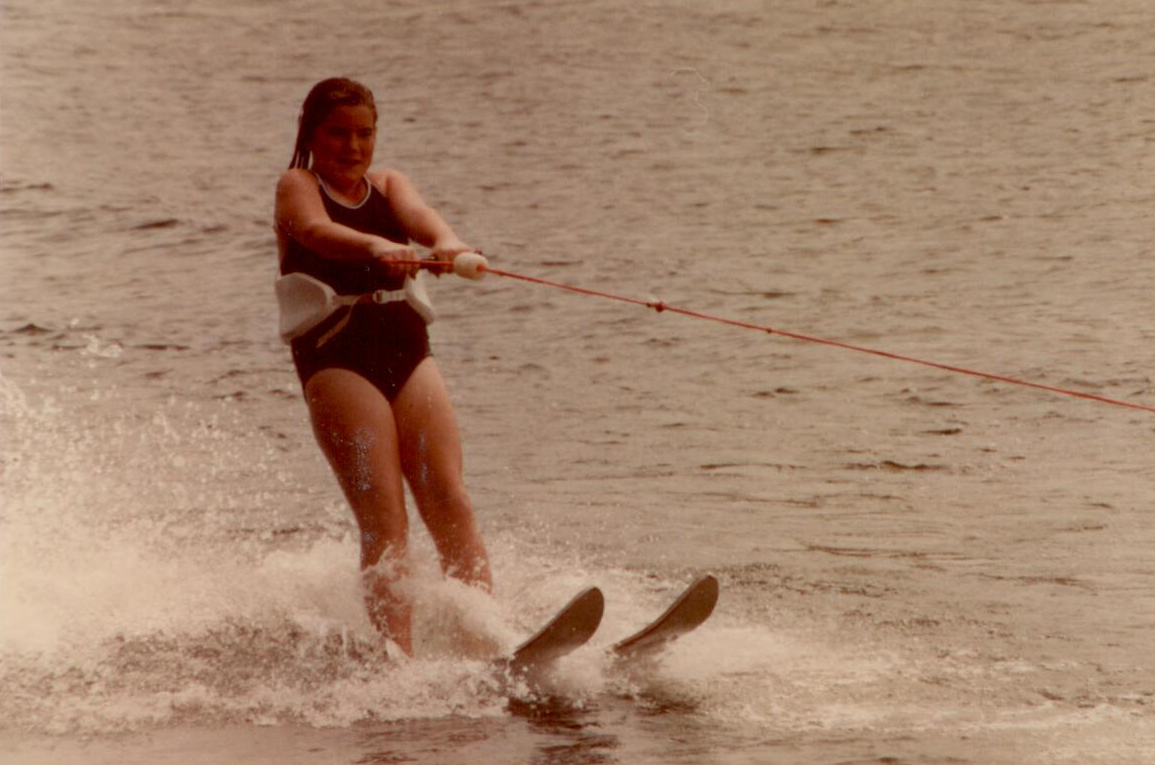


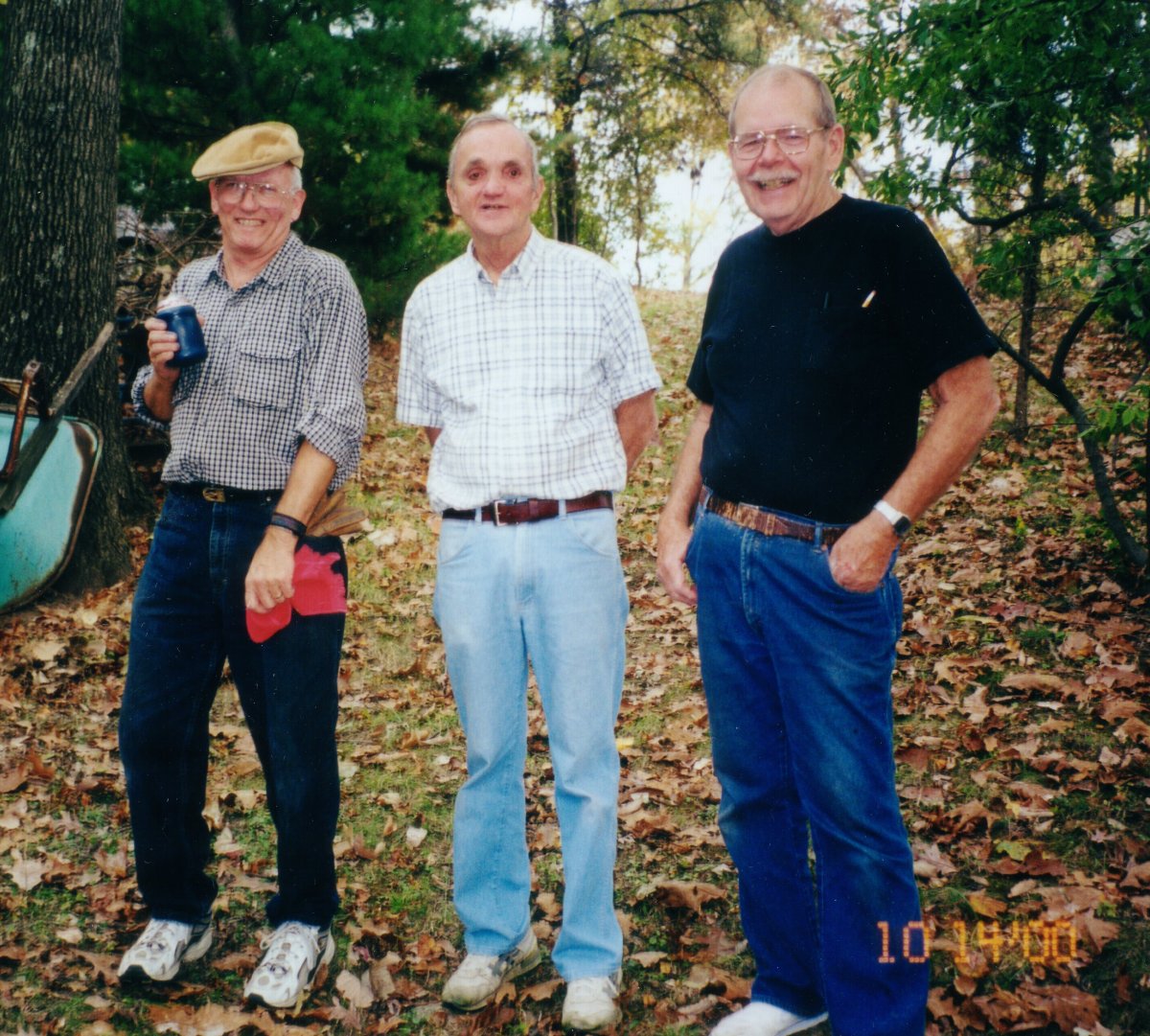
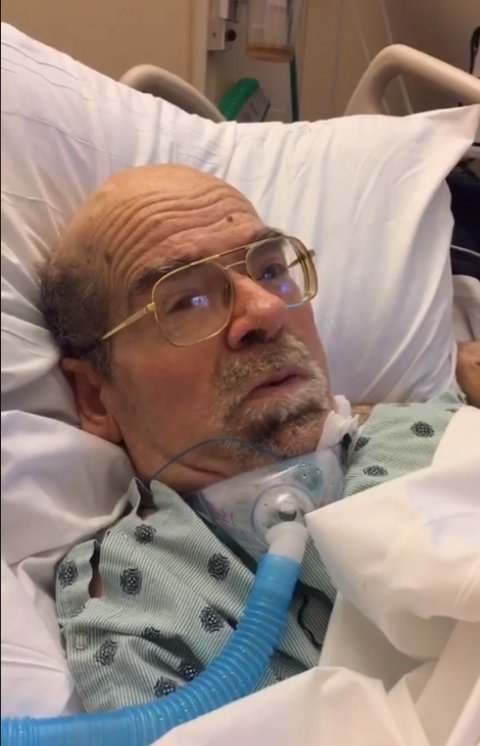
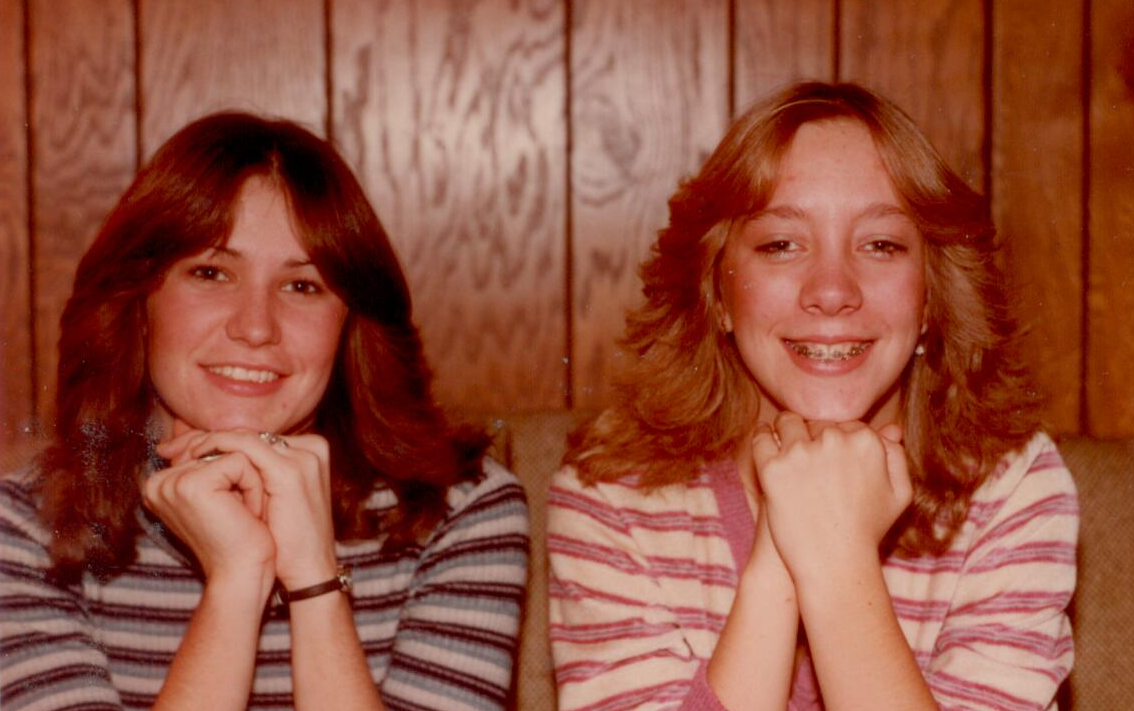
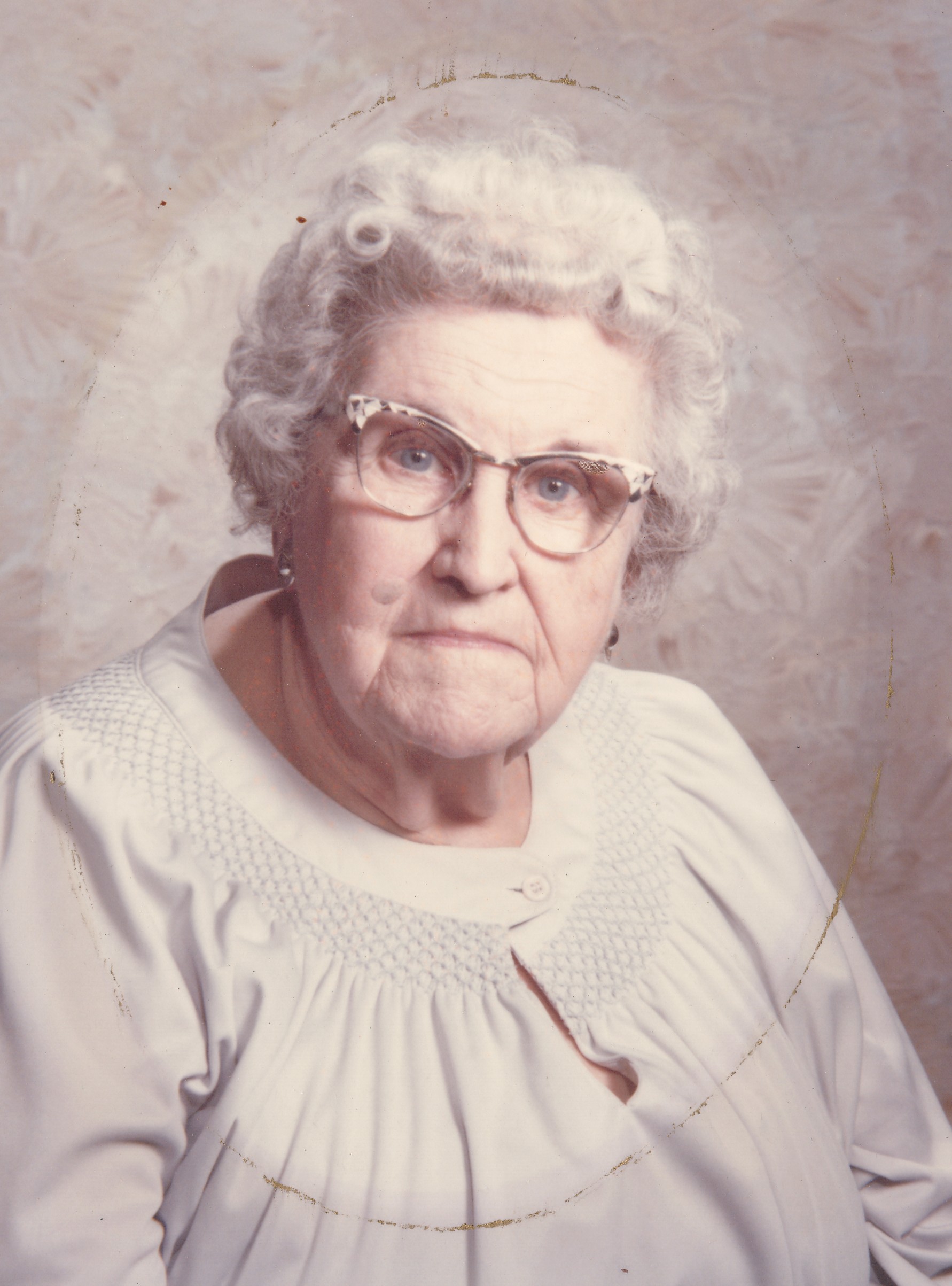

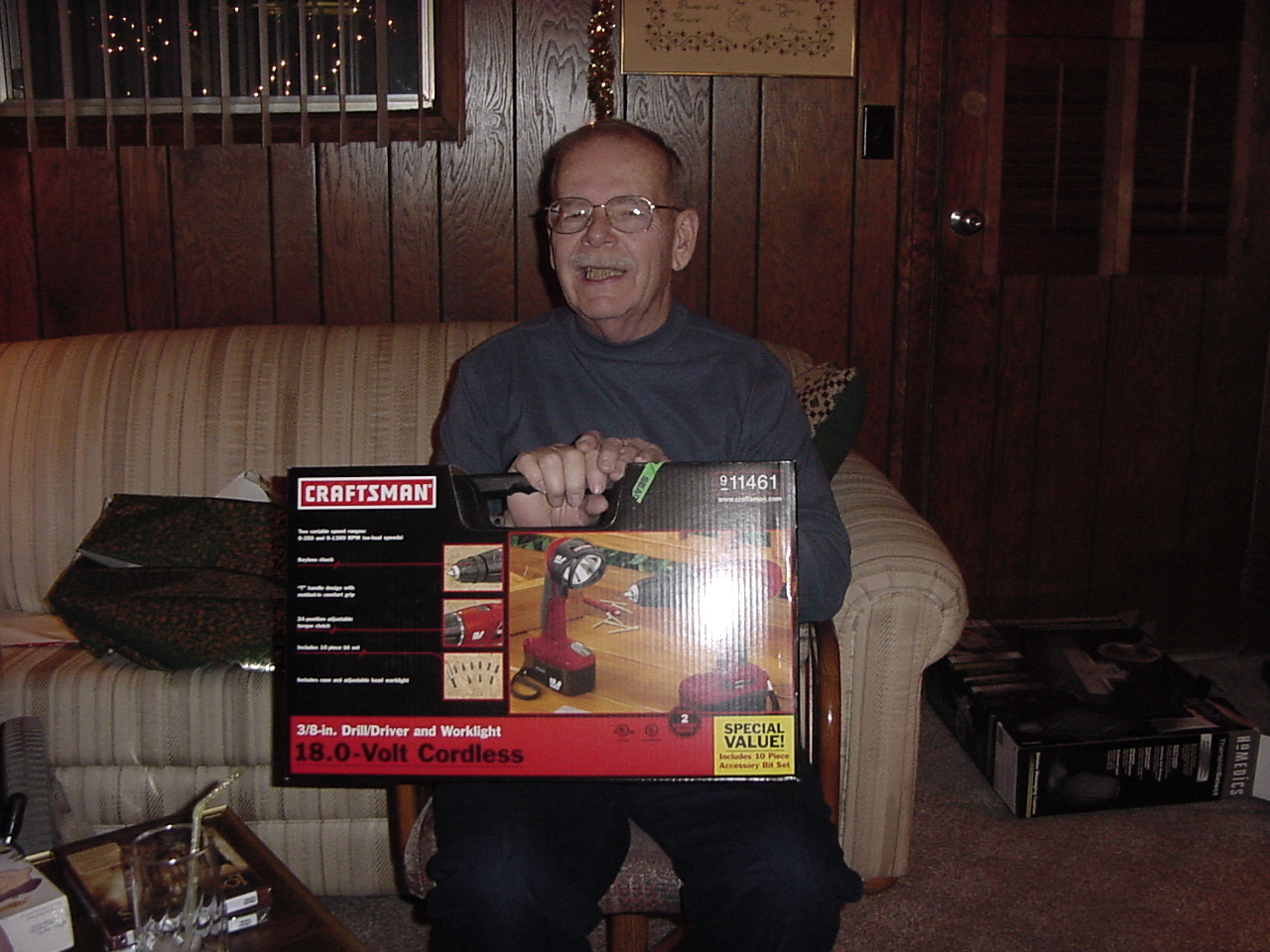
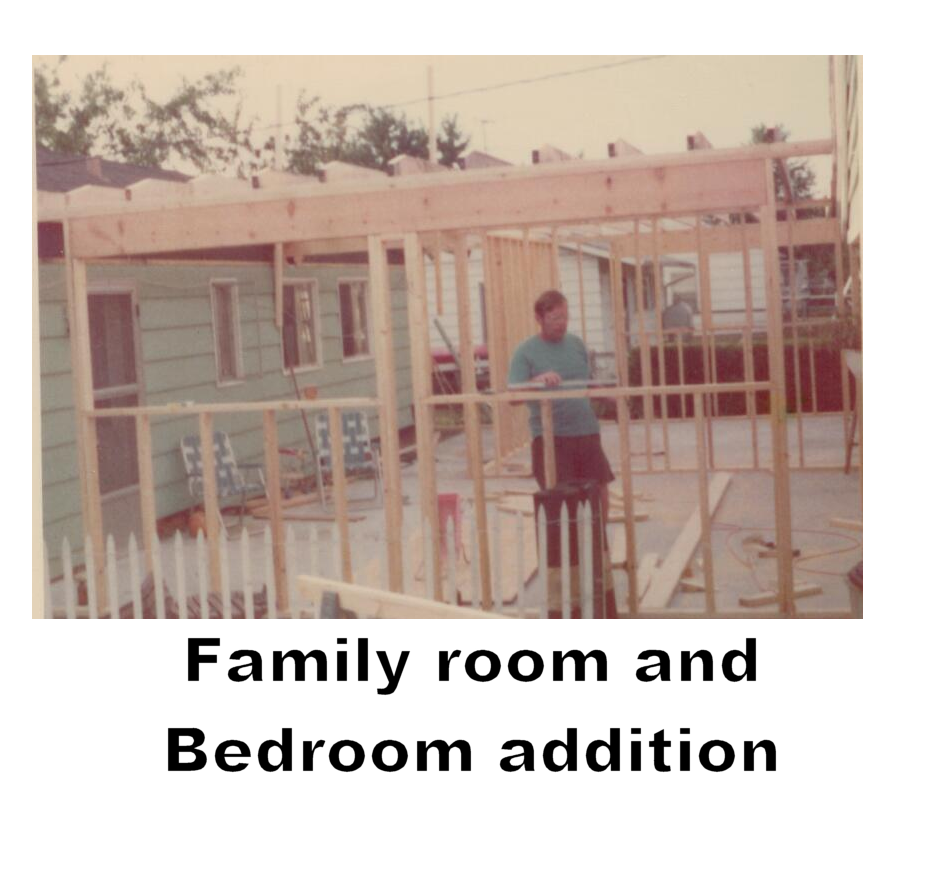

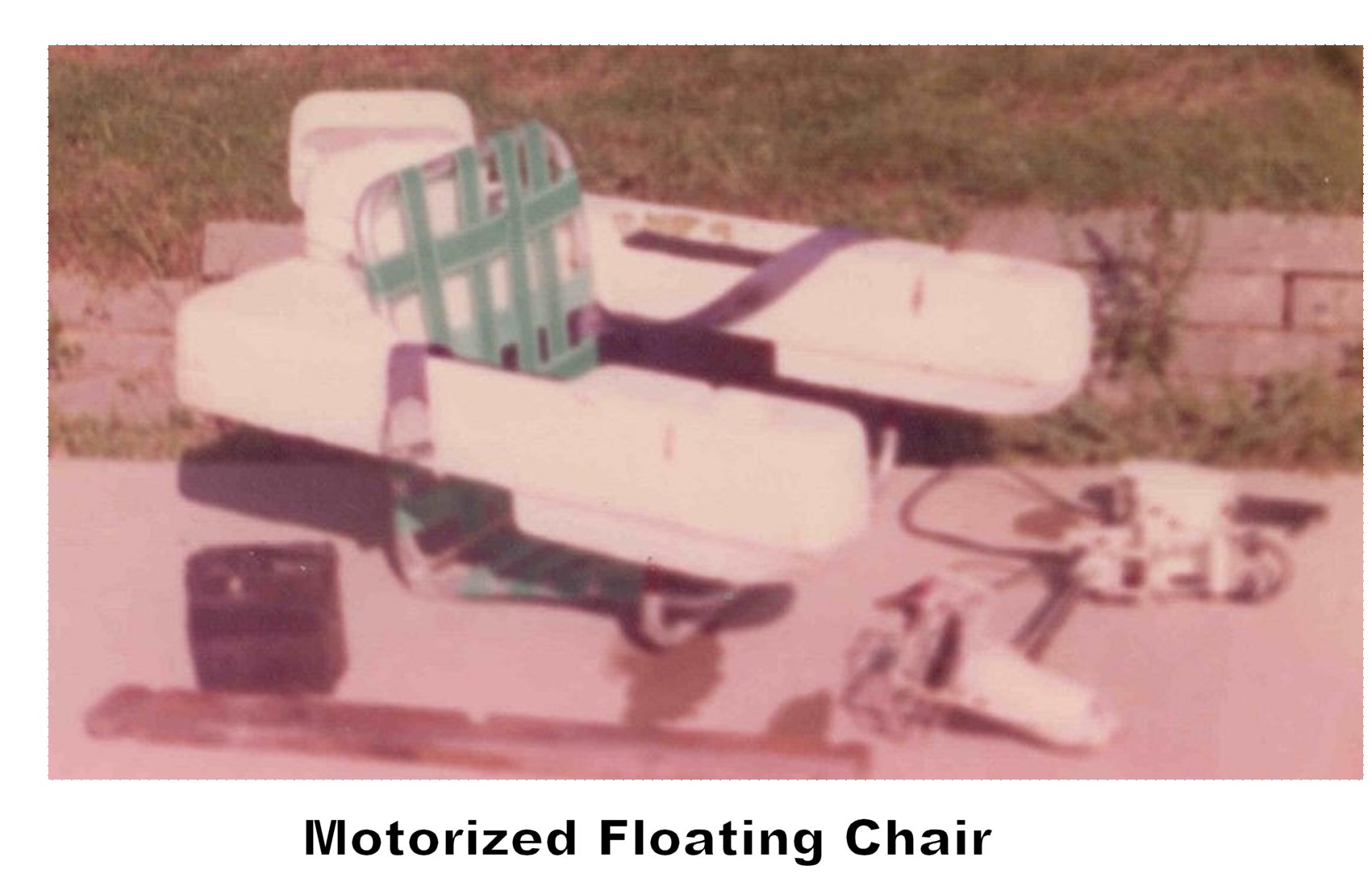
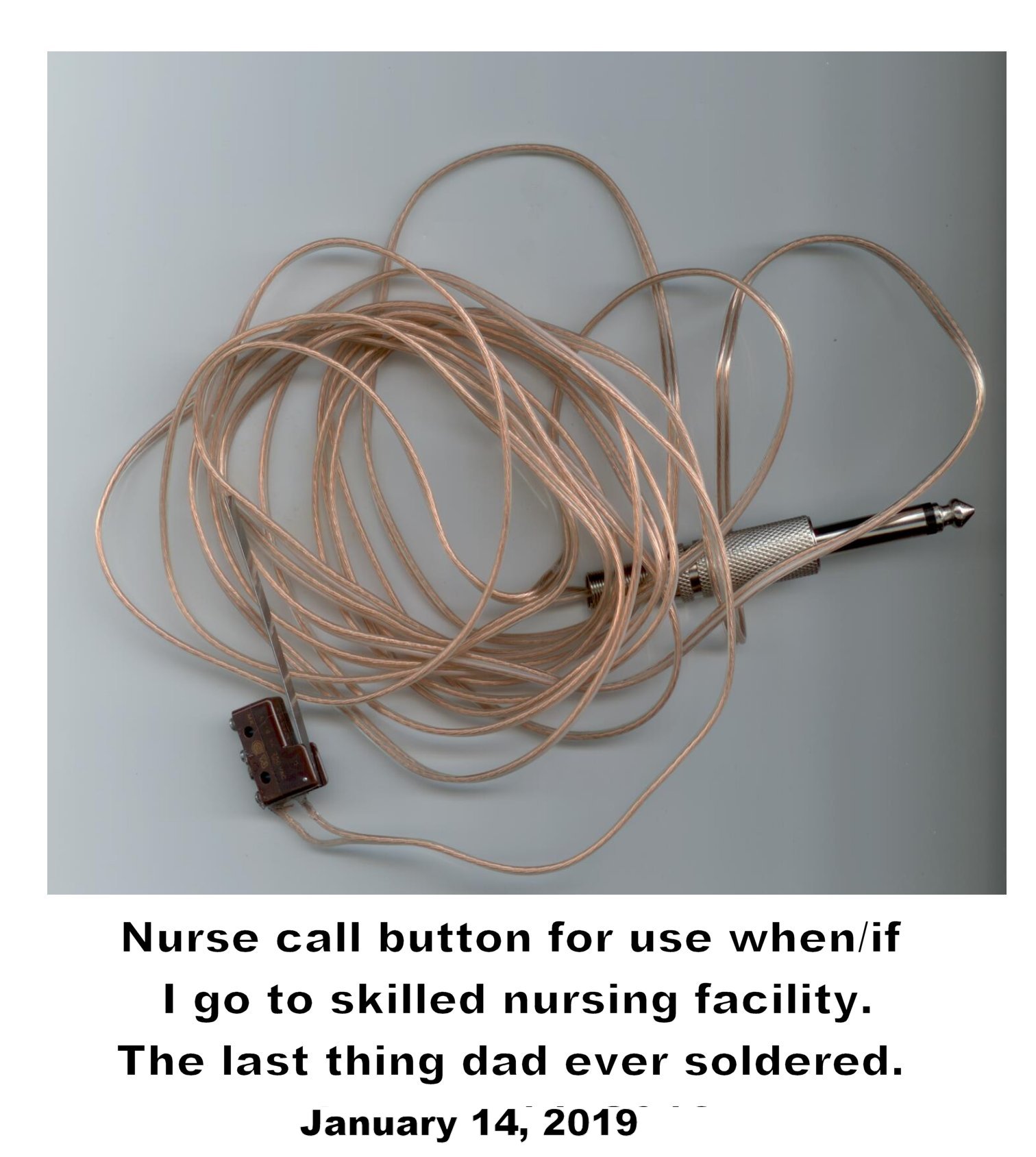
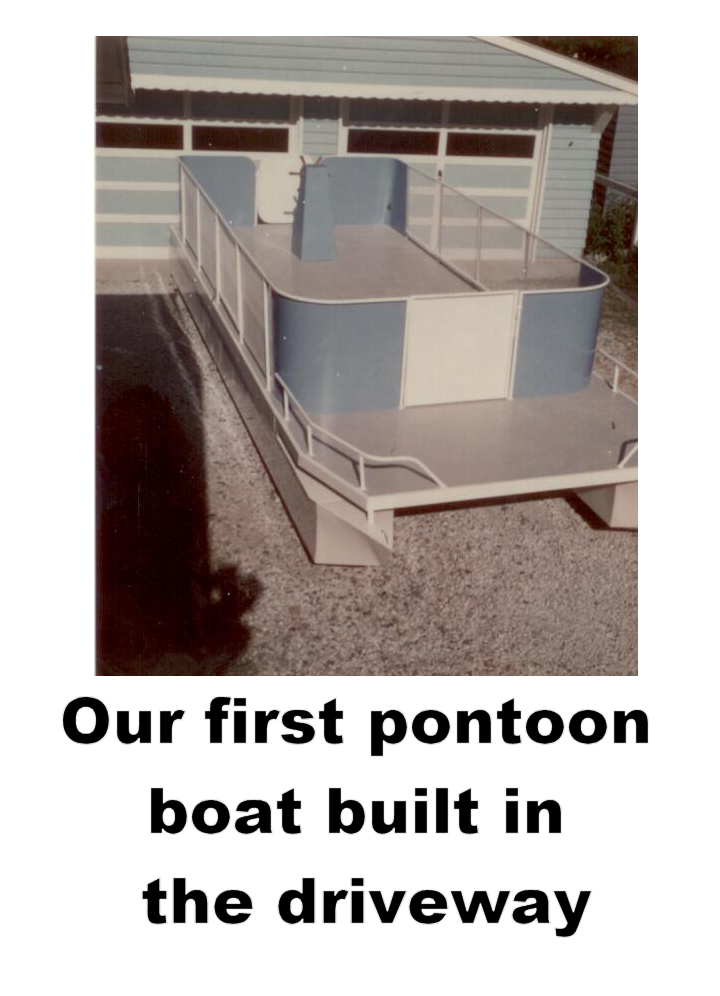
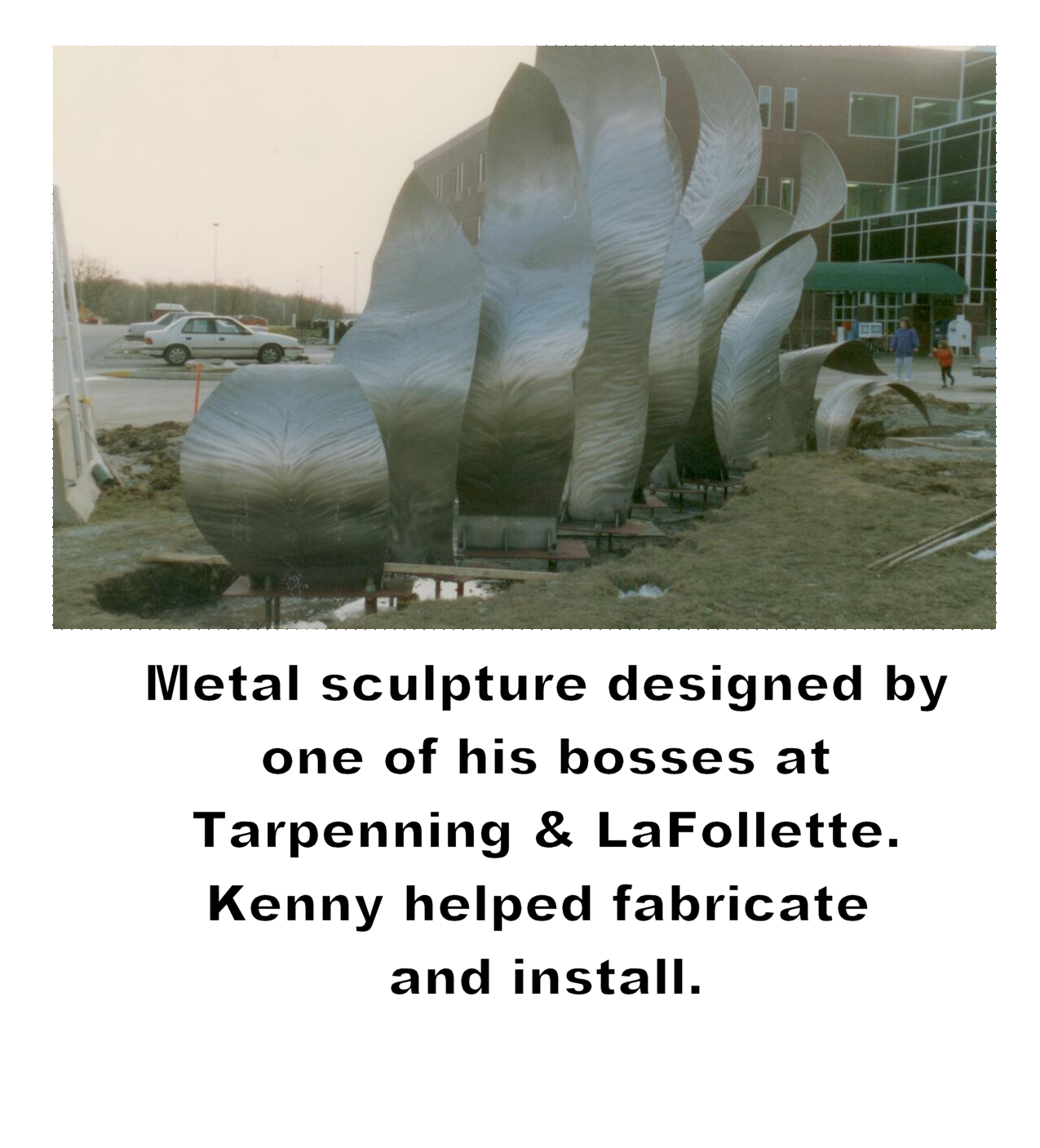



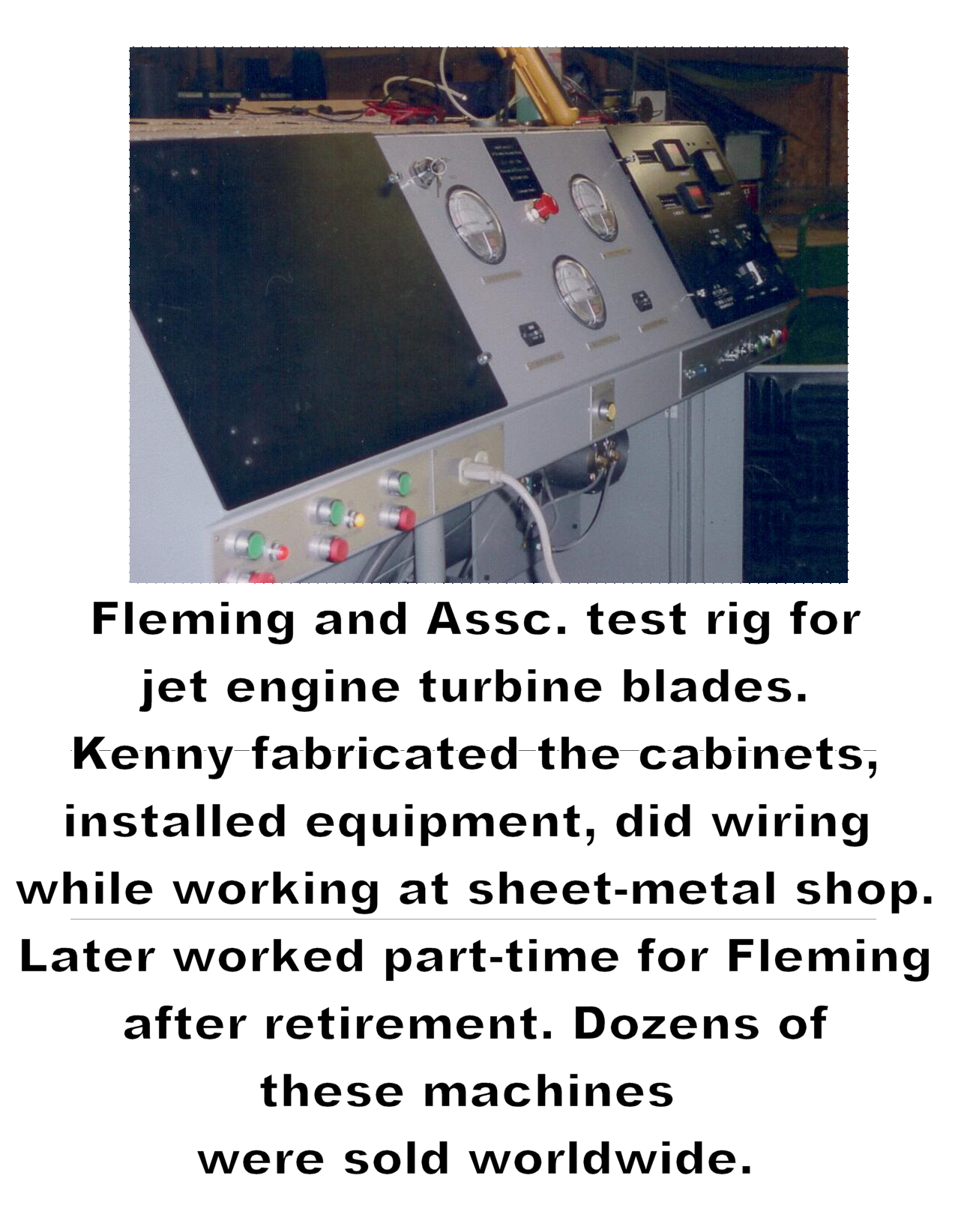




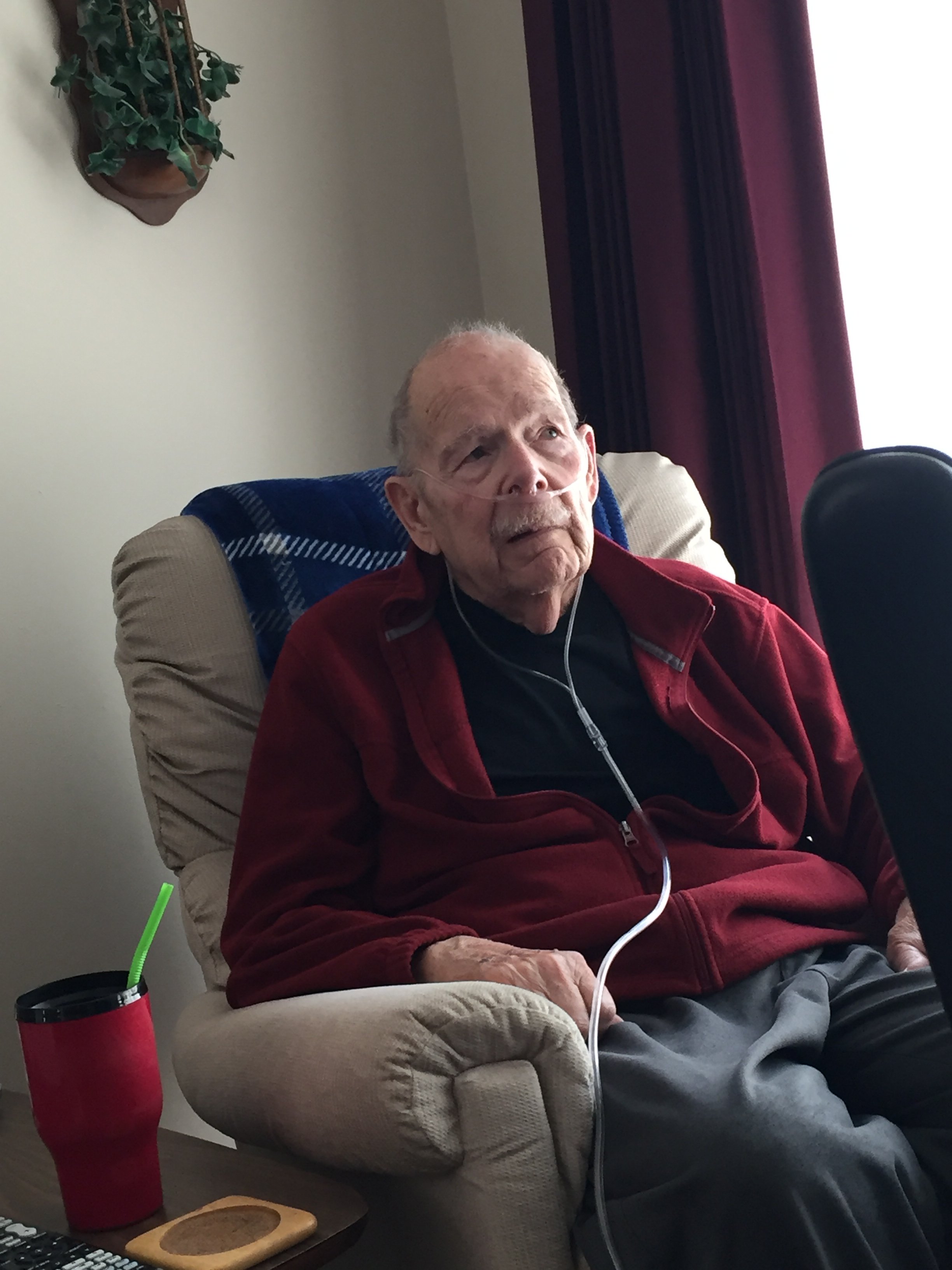
 12/27/2016 7:30 AM
12/27/2016 7:30 AM 